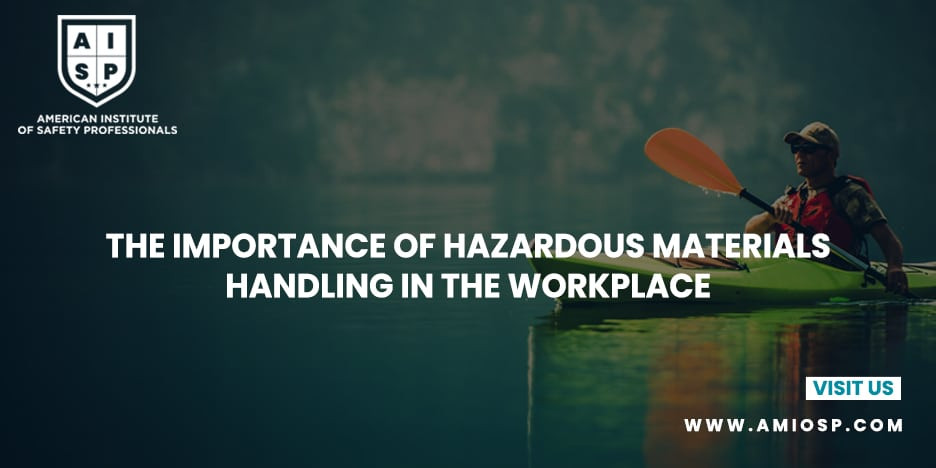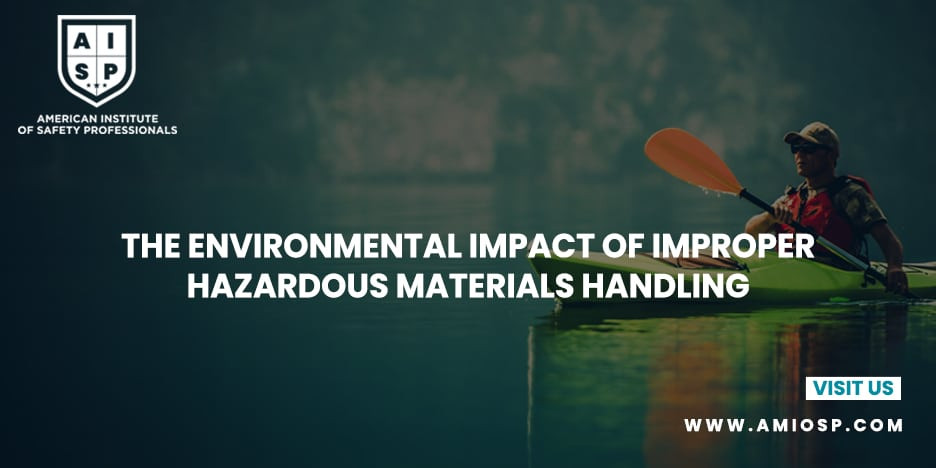Introduction:
Confined spaces present unique challenges and potential
hazards that can be life-threatening if not properly addressed. Many
industries, including construction, manufacturing, and petrochemical, involve
working in confined spaces. To mitigate the risks associated with confined
space entry, comprehensive training is essential. This blog post aims to
highlight the importance of confined space entry training and how it
contributes to creating a safer work environment.
Understanding
Confined Spaces:
Before delving into the significance of confined space entry
training, it is crucial to understand what constitutes a confined space.
Confined spaces are enclosed or partially enclosed areas with limited means of
entry and exit. Examples include storage tanks, underground vaults, tunnels,
and manholes. These spaces often have poor ventilation, limited visibility, and
the potential for hazardous atmospheric conditions.
Identifying
Hazards:
Confined spaces can harbor various hazards that pose
significant risks to workers. Some common hazards include:
a. Atmospheric Hazards: These may include toxic gases,
vapors, or low oxygen levels that can result in asphyxiation or chemical
exposure.
b. Engulfment Hazards: Liquids, solids, or flowing materials
can quickly engulf a worker, leading to suffocation or crushing injuries.
c. Physical Hazards: Confined spaces may contain moving
parts, machinery, or sharp objects that can cause injuries or entanglements.
d. Temperature Extremes: Extreme temperatures, whether hot
or cold, can cause heatstroke, hypothermia, or burns.
The
Importance of Confined Space Entry Training:
Confined space entry training is crucial for several
reasons:
a. Enhanced Hazard Awareness: Proper training enables
workers to identify potential hazards associated with confined spaces. This
awareness allows them to take appropriate precautions, effectively reducing the
likelihood of accidents.
b. Knowledge of Safety Procedures: Training equips workers
with the knowledge of safe entry and exit procedures, as well as the correct
use of personal protective equipment (PPE). This knowledge ensures that they
can navigate confined spaces while minimizing risks.
c. Emergency Preparedness: Confined space entry training
prepares workers for emergency situations. They learn how to respond to
incidents, such as the failure of equipment, hazardous substance releases, or
medical emergencies. This preparedness can save lives and reduce the severity
of injuries.
d. Proper Equipment Usage: Training teaches workers how to
use specialized equipment, such as gas detectors, ventilation systems, and fall
protection gear. This proficiency ensures that equipment is used correctly and
optimally, maximizing its effectiveness in safeguarding workers.
e. Compliance with Regulations: Many countries have
regulations in place that mandate confined space entry training. By providing
proper training, employers ensure compliance with legal requirements, avoiding
penalties and potential lawsuits.
Roles
and Responsibilities:
Effective confined space entry training should clearly
define the roles and responsibilities of all involved parties. This includes
the workers, supervisors, and the designated confined space entry team.
Understanding these roles helps establish accountability and ensures that
everyone understands their obligations and takes appropriate action to maintain
safety.
Ongoing
Training and Refresher Courses:
Confined space entry training is not a one-time event. It is
essential to provide ongoing training and refresher courses to reinforce
knowledge and keep workers up to date with evolving best practices and
regulations. Regular training sessions also serve as an opportunity to address
any issues or concerns that may arise in the workplace.
Conclusion:
Confined space entry training is an integral part of
creating a safe working environment. By increasing hazard awareness, equipping
workers with proper procedures and knowledge, and fostering emergency
preparedness, employers can significantly reduce the risks associated with
confined space work. Ongoing training and refresher courses ensure that workers
stay informed and capable of responding to changing circumstances. Investing in
comprehensive confined space entry training is not only a legal requirement but
also a responsible and proactive approach to safeguarding the well-being of
workers and minimizing accidents in the workplace.











0 comments
No Comments